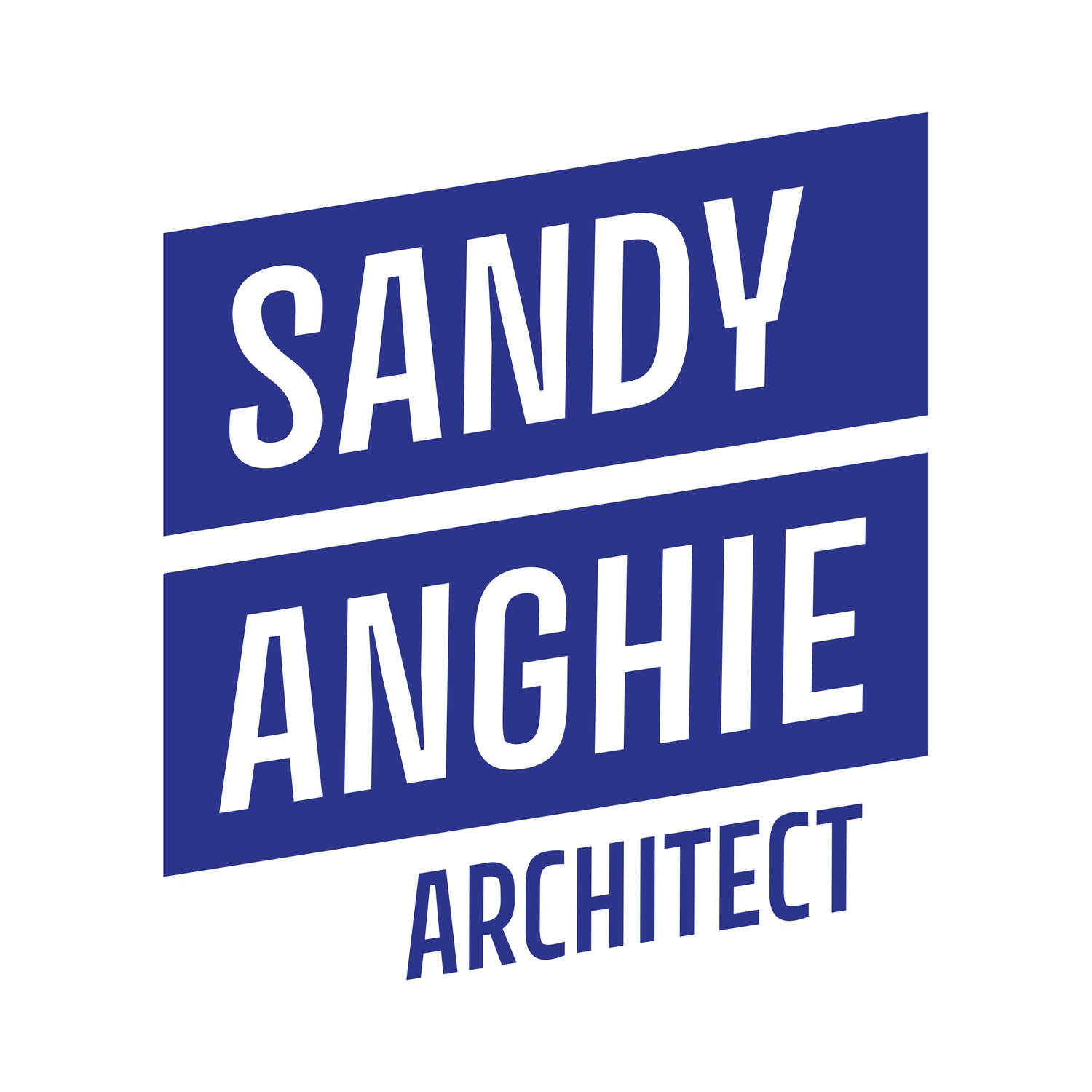New Medium Density Code
Great to see the introduction of the State Government’s new Medium Density Code yesterday.
The new Code was the result of a collaborative and consultative process undertaken by the Department of Planning, Lands and Heritage over several years.
The new Code doesn't propose a change in the construction methodology of developments, but rather demands a more considered and strategic approach to medium density developments which will result in homes that are more liveable, cost less to run and provide an improved quality of life.
Commendable initiatives in the new Code include:
Incentivised retention of mature trees;
Optimising the quality of outdoor spaces, with good solar access and access to living spaces;
Optimising the quality of indoor living spaces through solar orientation of dwellings, connection to outdoor spaces and appropriate sizing;
Improving sustainability of housing and neighbourhoods; and
Consideration of local context and “neighbourliness”.
The design considerations in the new Code, with a focus on passive design principles and context, will enhance housing diversity and improve the design quality of infill and, importantly, improve the operational performance of dwellings.
Residential buildings are responsible for around 24% of overall electricity use and 12% of total carbon emissions in Australia. Accordingly, energy efficiency in residential buildings has a significant impact on WA’s economy and the reliability of the WA energy grid.
The introduction of the Medium Density Code, alongside incremental amendments to the 2022 National Construction Code, will considerably influence residential energy requirements and help us on the path to a net zero carbon building and construction industry by 2050.
The R Codes, which are now nearly four decades old, no longer support modern housing requirements. In recent decades, the R Codes have enabled poorly designed developments - dwellings which are all roof and no garden, often delivered with inhospitable spaces, designed with no private open space, and resulting in major loss of tree canopy and contributing to urban heat island effect. Arguably it is this type of development which has led to negative community sentiments towards medium density in many suburbs.
The new Code elevates the focus on design quality, revolutionising the approach to medium density developments – and making good design more accessible for all West Australians.
_
Read the story published on Business News, 24 February 2023, link here:
Policy shakes up medium density living (businessnews.com.au)
And a copy of the new Code via link here:
